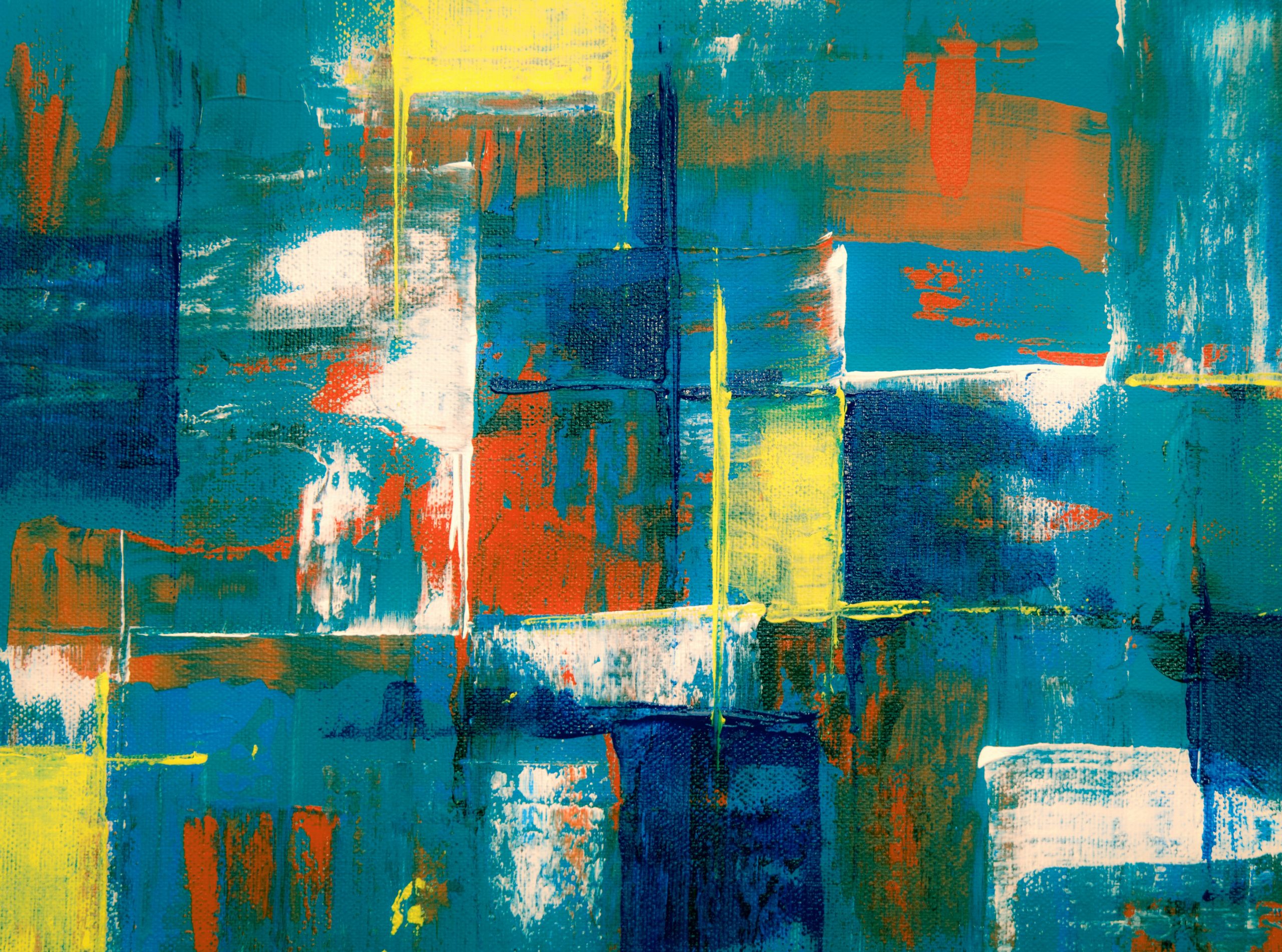Kathmandu Durbar Square: Nepalese Temples and Newari Architecture

Before diving in, please note: This post is for informational purposes only. If you’d like to know more about how we approach topics, feel free to check out our friendly Disclaimer Page.
Hey there, amazing readers! 🖐️ Just a quick note: yes, we know there are a lot of ads here. Trust us, we get it—it’s not the prettiest look, but they help us keep this blog alive and kicking. Those pesky little ads cover the costs of all the behind-the-scenes magic, from hosting and tech stuff to creating content we hope you’ll love.
We’re committed to delivering quality posts, and your support (even just sticking around despite the ads) means everything to us. So, bear with us, and thanks for helping us keep the good vibes rolling. Now, on to the fun stuff! 😉
TRANSLATE BUTTON AT THE END OF THE ARTICLE
Introduction to Kathmandu Durbar Square
Nestled in the heart of Kathmandu, the capital city of Nepal, lies the captivating Kathmandu Durbar Square.
This UNESCO World Heritage Site is a vibrant hub of culture, history, and spirituality, showcasing a stunning array of Nepalese temples and traditional Newari architecture.
As one of the most significant historical sites in the Kathmandu Valley, Durbar Square has been a center of power for centuries, serving as the royal palace of the Malla and Shah kings.
Visitors are transported back in time as they wander through the ancient courtyards, temples, and palaces, immersing themselves in the rich tapestry of Nepalese heritage.
History of the Nepalese Temples
The history of the Nepalese temples in Kathmandu Durbar Square dates back to the Licchavi dynasty, who ruled over the Kathmandu Valley from the 4th to the 9th century.
During this period, the valley saw a flourishing of art, architecture, and religious fervor, which is reflected in the intricate designs and carvings of the temples.
The temples were not only places of worship but also served as symbols of power and prestige for the ruling elite.
Over the centuries, various dynasties, including the Malla and Shah kings, added their own contributions to the architectural marvels that we see today, creating a unique blend of styles and influences.
Traditional Newari Architecture
The temples and buildings in Kathmandu Durbar Square are shining examples of traditional Newari architecture, characterized by intricate woodcarvings, brickwork, and pagoda-style roofs.
The Newars, the indigenous people of the Kathmandu Valley, have a long history of craftsmanship and architectural ingenuity, which is evident in the detailed facades and ornate structures of the temples.
The craftsmanship displayed in the wooden windows, doors, and struts is a testament to the skill and artistry of the Newari artisans, who have passed down their techniques through generations.
Importance of Durbar Square
Kathmandu Durbar Square holds immense historical, cultural, and religious significance for the people of Nepal.
It served as the political and religious center of the city for centuries, where kings were crowned, and important ceremonies and festivals were held.
The square is not only a symbol of Nepal’s royal past but also a testament to the country’s rich architectural heritage.
As a focal point of religious and social life, Durbar Square continues to be a place of pilgrimage and devotion for many Nepalese people, who come to pay their respects to the deities enshrined in the temples.
Notable Temples and Palaces
Durbar Square is home to a plethora of notable temples and palaces, each with its own unique architectural style and historical significance.
Some of the must-see landmarks include:
Hanuman Dhoka Palace: This sprawling complex was the royal palace of the Malla and Shah kings and is named after the monkey god, Hanuman.
It houses a museum with artifacts from Nepal’s royal history.
Kumari Bahal: The residence of the Living Goddess, Kumari, is an intricately carved wooden palace that showcases exquisite Newari craftsmanship.
Kasthamandap: Believed to be built from the wood of a single tree, this iconic temple is said to have given Kathmandu its name.
Jagannath Temple: Known for its erotic carvings and intricate artwork, this temple is dedicated to the Hindu god, Vishnu.
These are just a few of the many temples and palaces that await visitors in Kathmandu Durbar Square, each offering a glimpse into Nepal’s rich cultural heritage.
Preservation Efforts
In recent years, there has been a growing focus on the preservation and restoration of the temples and buildings in Kathmandu Durbar Square.
The devastating earthquakes that struck Nepal in 2015 caused significant damage to many historical structures, highlighting the need for conservation efforts.
Organizations such as UNESCO and local heritage groups have been working tirelessly to restore the damaged temples and ensure that they remain standing for future generations to appreciate.
Through careful restoration work and community involvement, efforts are being made to safeguard the unique heritage of Durbar Square.
Cultural Significance
Durbar Square is not just a collection of ancient buildings; it is a living testament to Nepal’s vibrant cultural traditions and practices.
The square is a melting pot of religious festivals, rituals, and daily activities that give visitors a glimpse into the rich tapestry of Nepalese culture.
From colorful processions to elaborate ceremonies, every corner of Durbar Square tells a story of devotion, artistry, and community spirit.
The cultural significance of the square extends beyond its physical structures, encompassing the intangible heritage of the people who inhabit and frequent this sacred space.
Discover "The Traveler’s Guide: Your Ultimate Companion for Every Adventure ✈️"
Religious Practices in the Square
Religion plays a central role in the daily life of the Nepalese people, and Kathmandu Durbar Square is a hub of religious activity and devotion.
Visitors to the square can witness a myriad of religious practices, from offerings of flowers and incense at the temples to the rhythmic chanting of prayers by devotees.
The square is home to numerous Hindu and Buddhist shrines, each drawing pilgrims and worshippers seeking blessings and spiritual solace.
Throughout the year, various festivals and religious events are celebrated in the square, adding to the religious vibrancy and cultural diversity of the area.
Tourist Attractions in Kathmandu
Kathmandu is a treasure trove of tourist attractions, with Durbar Square being a major highlight for visitors to the city.
In addition to exploring the temples and palaces in Durbar Square, tourists can also visit other iconic sites such as Swayambhunath Stupa, Pashupatinath Temple, and Boudhanath Stupa.
The vibrant markets, bustling streets, and cozy cafes of Thamel offer a glimpse into modern-day Kathmandu, while day trips to the surrounding hills and valleys provide a welcome escape from the city’s hustle and bustle.
Whether seeking cultural immersion, spiritual enlightenment, or adrenaline-pumping adventures, Kathmandu has something for every type of traveler.
Events and Festivals at Durbar Square
Throughout the year, Kathmandu Durbar Square comes alive with a plethora of events and festivals that showcase Nepal’s rich cultural heritage.
Some of the most popular festivals celebrated in the square include:
Indra Jatra: A week-long festival dedicated to the rain god, Indra, featuring colorful processions, masked dances, and religious rituals.
Maha Shivaratri: A Hindu festival honoring Lord Shiva, marked by fasting, prayer, and offerings at Shiva temples.
Dashain: Nepal’s biggest festival, celebrating the victory of good over evil and involving feasting, family gatherings, and animal sacrifices.
These festivals offer visitors a unique opportunity to experience the vibrant traditions and customs of the Nepalese people in a festive and celebratory atmosphere.
Accessibility and Visitor Information
Kathmandu Durbar Square is easily accessible from the city center by foot, bicycle, or taxi.
Visitors are advised to wear comfortable footwear and carry sufficient water, as exploring the square can be physically demanding due to its uneven terrain and numerous stairs.
The entrance fee for foreigners is reasonable, and guided tours are available for those who wish to learn more about the history and significance of the various temples and palaces.
It is recommended to visit Durbar Square early in the morning or late in the afternoon to avoid the crowds and make the most of your experience.
Conclusion: Exploring Kathmandu Durbar Square
In conclusion, Kathmandu Durbar Square is a captivating destination that offers a glimpse into Nepal’s rich cultural heritage, architectural brilliance, and religious fervor.
From the ancient temples and palaces to the vibrant festivals and daily rituals, the square is a microcosm of Nepalese life and history.
By exploring the intricate woodcarvings, towering pagodas, and sacred shrines of Durbar Square, visitors can immerse themselves in a world steeped in tradition, spirituality, and artistry.
Whether you are a history buff, a culture enthusiast, or a spiritual seeker, a visit to Kathmandu Durbar Square is sure to leave you in awe of the wonders of Nepal’s past and present.

The Enlightenment Journey is a remarkable collection of writings authored by a distinguished group of experts in the fields of spirituality, new age, and esoteric knowledge.
This anthology features a diverse assembly of well-experienced authors who bring their profound insights and credible perspectives to the forefront.
Each contributor possesses a wealth of knowledge and wisdom, making them authorities in their respective domains.
Together, they offer readers a transformative journey into the realms of spiritual growth, self-discovery, and esoteric enlightenment.
The Enlightenment Journey is a testament to the collective expertise of these luminaries, providing readers with a rich tapestry of ideas and information to illuminate their spiritual path.
Our Diverse Expertise 🌟
While our primary focus is on spirituality and esotericism, we are equally passionate about exploring a wide range of other topics and niches 🌍📚. Our experienced team is dedicated to delivering high-quality, informative content across various subjects ✨.
To ensure we provide the most accurate and valuable insights, we collaborate with trusted experts in their respective domains 🧑🏫👩🏫. This allows us to offer well-rounded perspectives and knowledge to our readers.
Our blog originally focused on spirituality and metaphysics, but we’ve since expanded to cover a wide range of niches. Don’t worry—we continue to publish a lot of articles on spirituality! Frequently visit our blog to explore our diverse content and stay tuned for more insightful reads.






